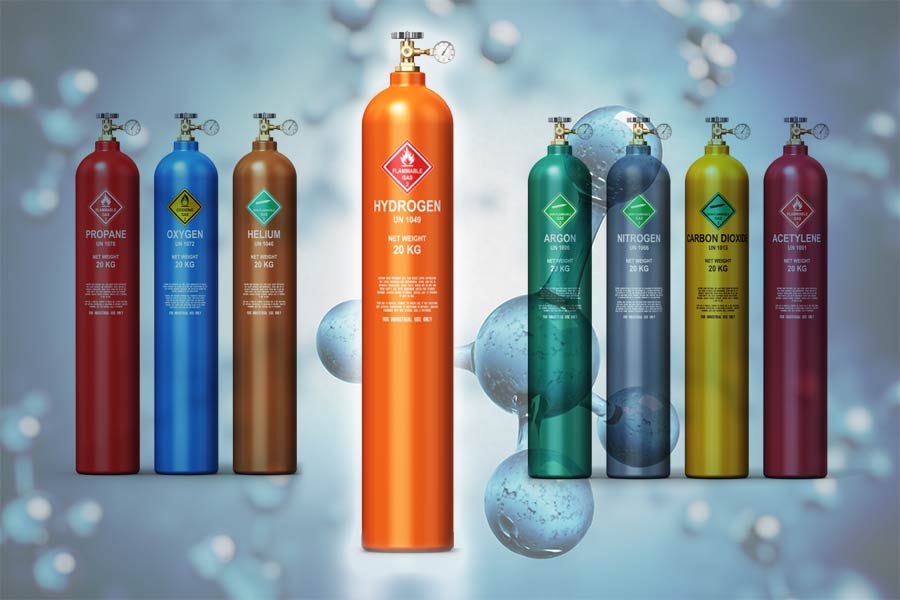Hydrogen A to Z Series: H For Hydrogen
By: GenH2 Staff
Read Time: 3 minutes
Defining Hydrogen from A to Z: H is for Hydrogen
Why Hydrogen?
Continuing in our Defining Hydrogen from A to Z series, we are revisiting the letter H and discussing our number 1 and favorite element Hydrogen. We see that hydrogen is at the core of everything. We can get hydrogen from many sources: in water, in hydrocarbon fuels like methane, or in biomass and coal. We use a renewable energy resource like wind turbines or solar panels to produce electricity. This electricity needs to either be used or stored. When the electricity is not needed for a time period, we store the energy in the form of hydrogen. We can then go to liquid hydrogen because of its high energy density. Hydrogen can be clean and renewable, and easily converted to electricity (or used as fuel if that is needed). When it comes to energy storage and conversion, we like to think of it as liquid electricity™.
Imagine a molecule that can be made from water, stored in a high-energy dense state, and consumed with the potential of zero environmental impacts. Hydrogen is that wonder molecule and provides a true path toward a clean energy future.
Why Liquid?
As stated above and in previous blogs, we go liquid because we can store a lot more hydrogen, and thus more energy, as liquid than in gaseous form alone. To get to liquid however, involves a complex dance of heat rejection and fine tuning of gas compression and expansion. A typical and simple liquefaction process would include a cooler, which rejects heat from the system and puts it in the atmosphere, a compressor, which compresses the gas, and an expansion valve or turbo expander that expands the gas, resulting in the cooling of the gas to form liquid. Although this is an oversimplification of modern liquefaction processes, it gives insight into some of the main components and working theory behind how we liquefy cryogens like hydrogen.
Remember how we mentioned that Heisenberg won the Nobel Prize for discovery allotropic forms of hydrogen? Those forms are ortho and para hydrogen, and of critical important to long duration storage of liquid hydrogen. At room temperature, hydrogen compositions are 75% ortho and 25% para. The names are in reference to the proton spin states, but what we care about is what happens at liquid temperature (20 K). At 20 kelvin, hydrogen tries to become almost fully para, and the process of conversion releases more heat than it takes to vaporize a molecule of hydrogen. In essence, unless you convert hydrogen to 99% para, the conversion heat will boil most of your liquid away, even if you had the most well-insulated tank in the world.
These factors are some of the key things we take into account when designing solutions for liquefaction, storage, and transfer of liquid hydrogen. Particularly, our solutions in the small and midscale liquid hydrogen realm will tackle one of the biggest hurdles in the industry today, and that’s cost and practical use. Using liquid hydrogen in safe and practical ways, will make a clean energy future attainable.
Join us next week in our Defining Hydrogen series as we talk about Hydrogen Production.
Blog written by GenH2 team: Julien Thomas



